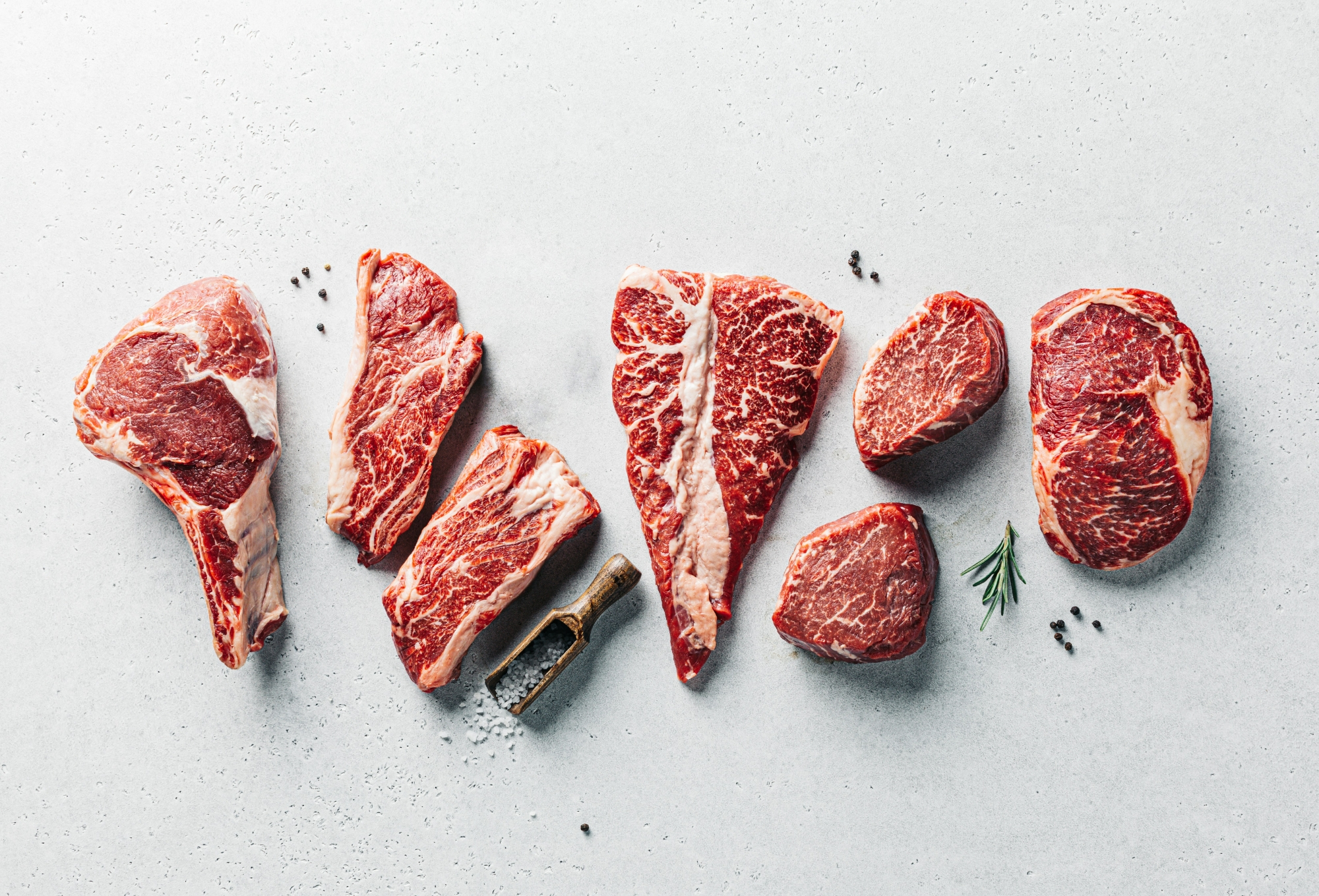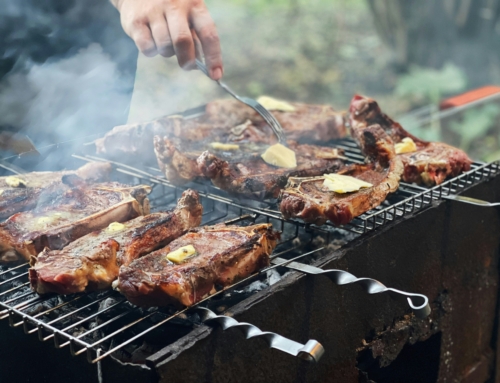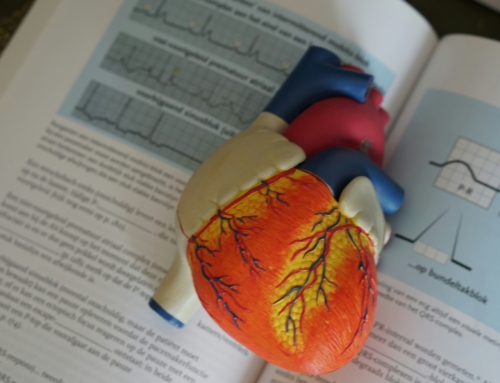Before You Begin
- Consult your healthcare provider
- Take baseline measurements (weight, photos, bloodwork if possible)
- Clear your pantry of non-carnivore foods
- Stock up on essential items
Essential Shopping List
Meat Basics
- Ground Beef: 80/20 fat ratio ideal for beginners
- Steaks: Ribeye, NY Strip, Chuck
- Organs: Liver, heart (for nutrient density)
- Eggs: Rich in nutrients and versatile
- Salmon: Wild-caught for omega-3s
Seasonings & Supplements
- High-quality salt (pink Himalayan or sea salt)
- Electrolyte supplements
- Magnesium (optional)
Week-by-Week Guide
Week 1: Transition Phase
Focus on adapting to meat-only meals. Expect initial adaptation symptoms:
- Increased thirst
- Possible fatigue
- Electrolyte imbalances
Sample Day:
- Breakfast: 3 eggs, 2 strips bacon
- Lunch: 8oz ground beef patty
- Dinner: 12oz ribeye steak
Week 2: Adaptation
Body begins shifting to fat adaptation:
- Energy levels may fluctuate
- Cravings usually decrease
- Digestion starts normalizing
Week 3: Fine-Tuning
- Experiment with different meat varieties
- Adjust meal timing and frequency
- Notice improvements in energy
Week 4: Establishing Routine
- Stable energy levels
- Better sleep patterns
- Improved satiety
Tips for Success
Meal Timing
- Eat when hungry
- Don’t force feeding windows
- Listen to your body’s signals
Common Mistakes to Avoid
- Not eating enough fat
- Undereating calories
- Neglecting electrolytes
- Overcomplicating meals
Tracking Progress
What to Monitor
- Energy levels
- Sleep quality
- Digestion
- Mental clarity
- Physical performance
- Body composition changes
When to Seek Help
Contact your healthcare provider if you experience:
- Severe fatigue beyond adaptation period
- Persistent digestive issues
- Unusual symptoms
Looking Ahead
After 30 days, assess your results and decide whether to continue. Many people find they feel their best on a carnivore diet and choose to maintain it long-term.
Keys to Success
- Keep it simple
- Stay consistent
- Trust the process
- Document your journey






